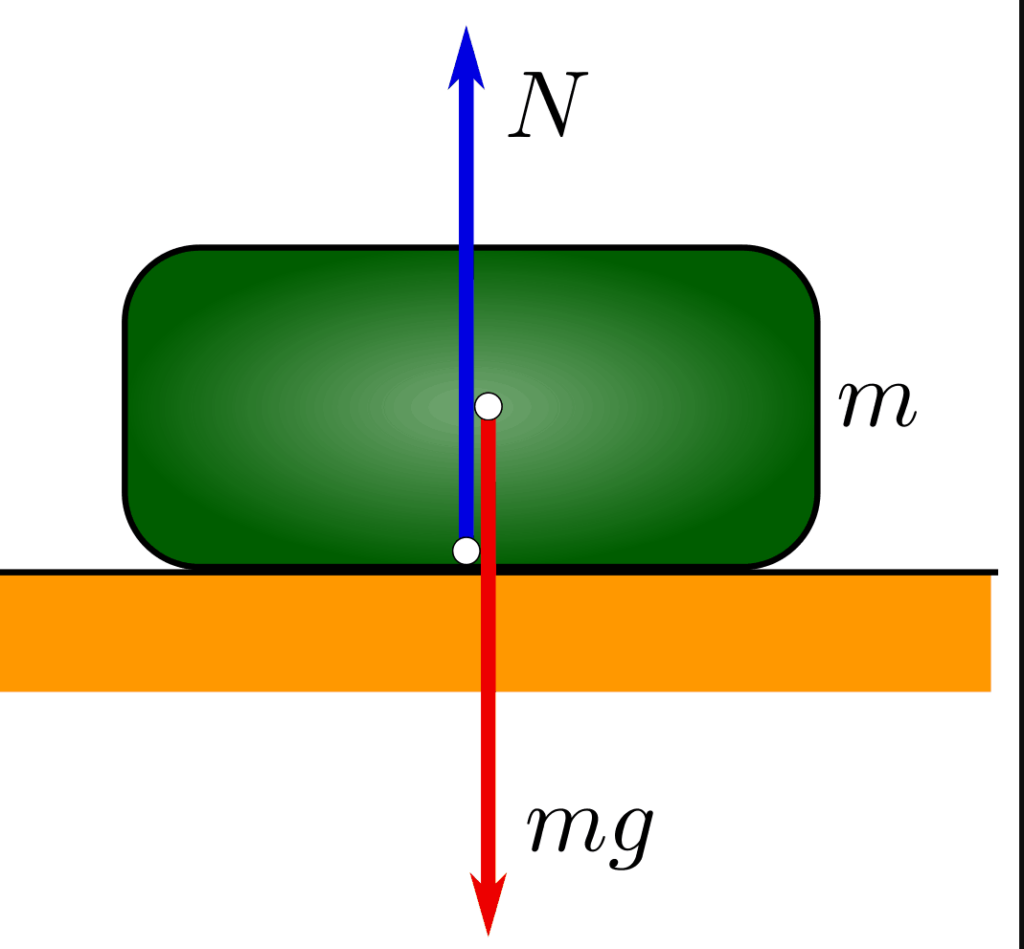What is static balance?

Static equilibrium is a term used in physics to describe a situation in which the total forces acting on an object at rest add up to zero, in other words, the forces pulling the object in different directions balance, causing the object to remain stationary. Motion forces are often described in terms of vectors, a vector is an abstract mathematical concept used to represent both the direction and magnitude of a force. If a box were pulled a certain distance to the left, for example, the vector would indicate both the direction of the force and the distance the box was pushed.
Newton’s first law of motion states that an object will remain at a constant velocity if the sum of the vector forces on that object is zero. Objects at rest will remain at rest unless acted upon by a force, and objects in motion, likewise, will remain at the same velocity unless acted upon. The vector addition is also called the resultant force or net force.

In a case of static equilibrium, the forces act on an object, but the vector sum of all the forces acting on that object is zero, this means that the opposite vectors cancel each other exactly, resulting in a net force zero on the object. Although forces exist, the object remains stationary; to continue with the previous example, if the box were pulled both left and right simultaneously with exactly the same amount of force and exactly opposite torque, all vectors would oppose each other exactly and the box would not move. It would be in static equilibrium.
When external forces acting on an object cancel each other out, the object is said to be in translational equilibrium, the first necessary condition for static equilibrium. The second condition is rotational balance. In rotational equilibrium, the net torque, or rotational force, acting on the object must be zero. If, for example, the box is pulled to the left and right, but is also rotated about an axis, it would not be in static equilibrium, because the torque would cause it to move. An equal and opposite torque force would be required to bring the box into rotational equilibrium.

To understand the topic more, let’s perform the following experiment!





Responses